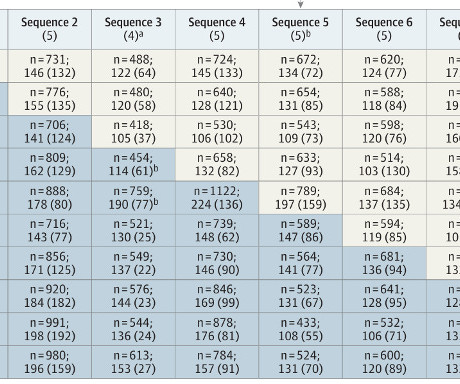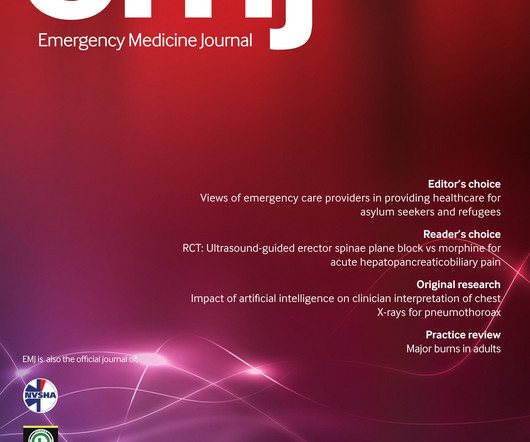IV Fluid Resuscitation in the Critically Ill
University of Maryland Department of Emergency Med
OCTOBER 30, 2023
IV Fluid Resuscitation IVF administration is one of the most common interventions in the resuscitation of critically ill patients. Click to view the rest



















































Let's personalize your content